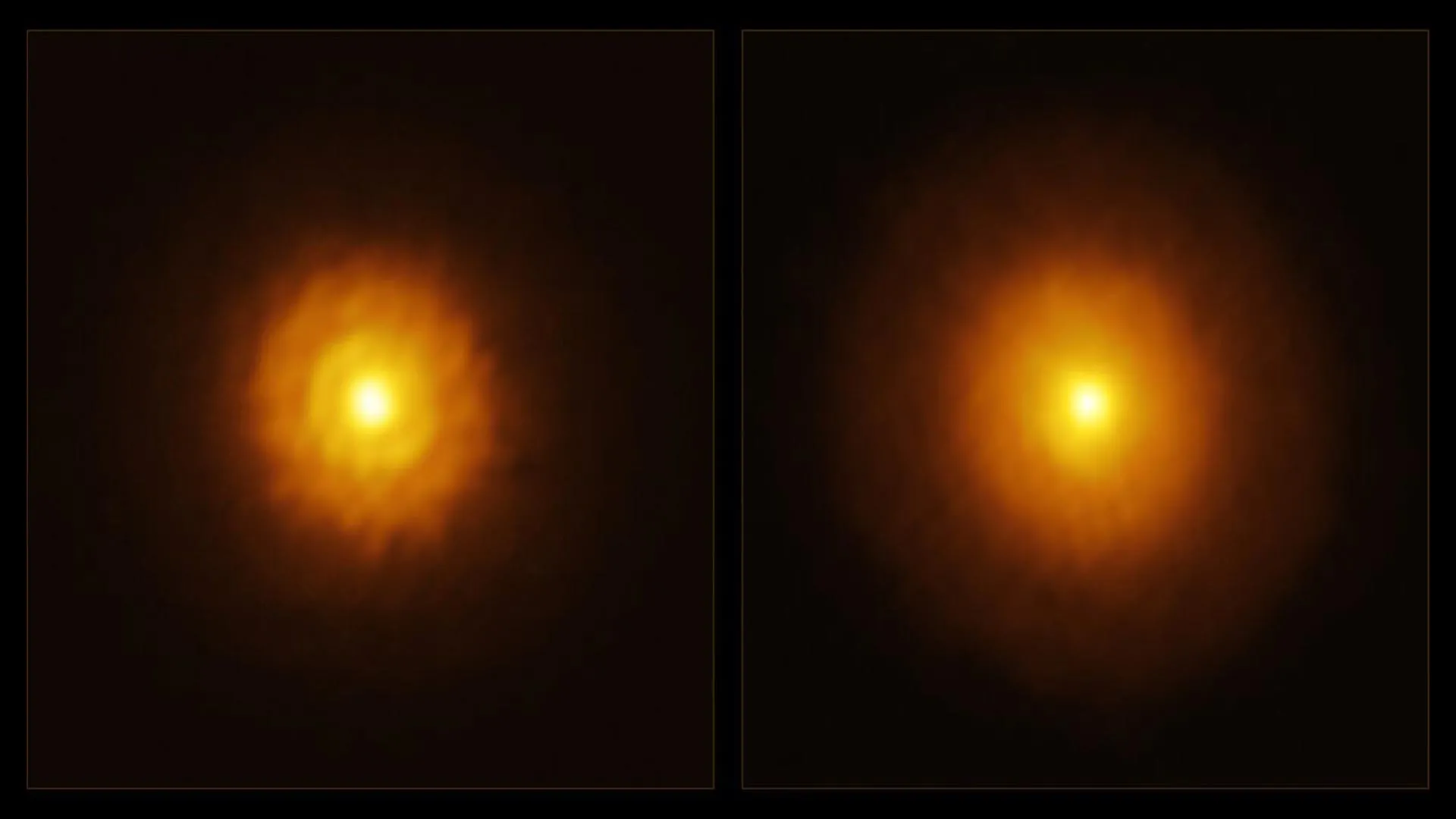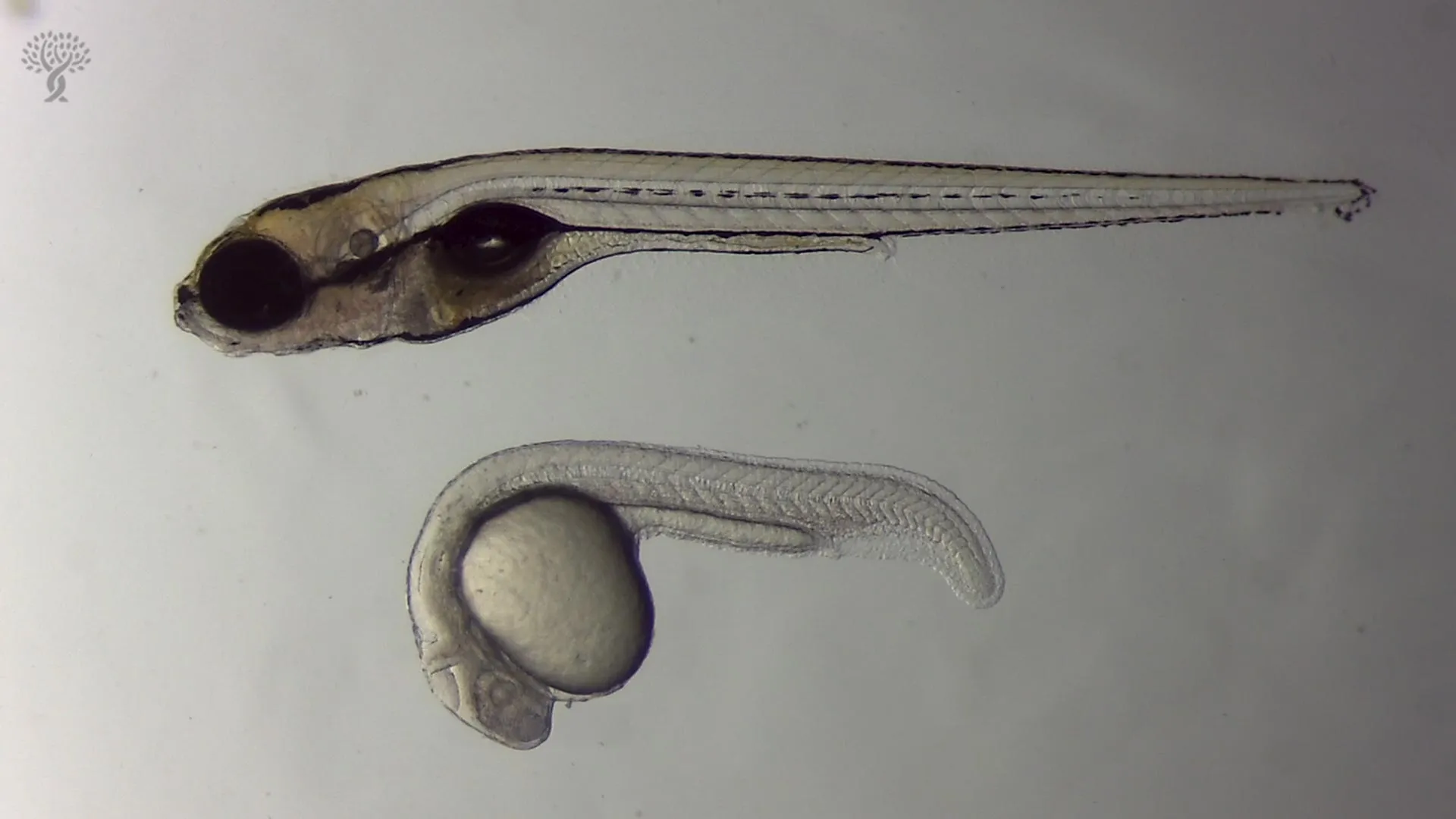Now Reading: Scientists Discover Massive Planet 10 Times the Size of Jupiter
-
01
Scientists Discover Massive Planet 10 Times the Size of Jupiter
Scientists Discover Massive Planet 10 Times the Size of Jupiter

Speedy Summary
- astronomers have detected a large exoplanet, estimated to be between three and ten times the mass of Jupiter, within the protoplanetary disc around the young star MP Mus.
- earlier observations suggested MP Mus had a flat,featureless disc indicating no planets,but newer data challenged this assumption.
- The finding was made using combined observations from ALMA (Atacama large Millimeter/submillimeter Array) and Gaia-marking the first instance where Gaia’s star movement data was used to identify an exoplanet in such a disc.
- Researchers found cavities and gaps in MP Mus’s protoplanetary disc during longer wavelength observations in 2023, suggesting planet formation activity. Additionally, Gaia data showed “wobbling,” likely caused by the gravitational pull of this gas giant planet at distances ranging between one and three Earth-Sun distances.
- the research provides insights into young planet formation processes critical for understanding how our own Solar System evolved through core accretion mechanisms.
- Experts suggest that continued advancements like ALMA upgrades or future telescopes could lead to more discoveries of hidden planets in similar discs worldwide.
Indian Opinion Analysis
The detection of a gas giant within MP Mus’s protoplanetary disc represents significant progress in understanding planetary formation-a subject with worldwide scientific implications including India’s space aspirations.As India increasingly invests resources into astrophysics through missions like Astrosat and collaborates internationally on space science projects, techniques leveraging deep-space observatories such as ALMA or Gaia may bring essential technological inspiration for domestic innovation.
This discovery also underscores how precision instrumentation-alongside computational models-can unveil previously unseen astronomical phenomena challenging earlier assumptions about planetary systems’ evolution stages. For India’s scientific community examining burgeoning planetary studies programs or telescope initiatives domestically (e.g., proposed Thirty Meter Telescope ties), breakthroughs should foster dialog on equipping telescopes with similarly advanced capabilities to explore distant worlds while enhancing global partnerships.
Link: Read More

























